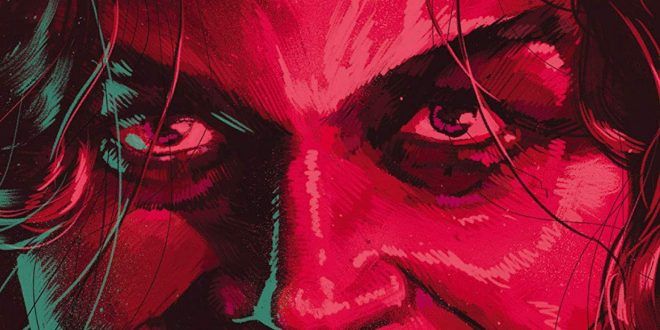| Rate This Movie |
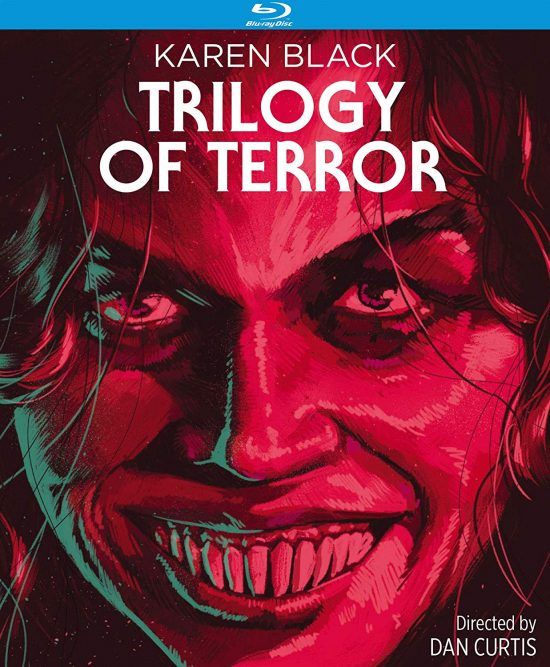
SYNOPSIS:
A vindictive and seductive teacher, a spinster and her sexy sister, and a lonely woman unable to cut the umbilical cord from her mother all appear in three separate stories from one of America’s preeminent writers, Richard Matheson, one of the greatest writers of Rod Serling’s The Twilight Zone.
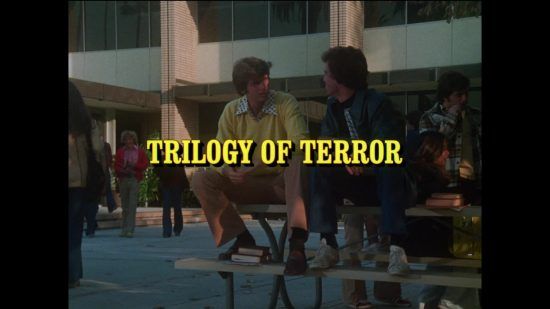
REVIEW:
My seventh grade English teacher was an interesting character. From 1981 to 1982 he encouraged us to write our own stories and introduced us to collections of macabre short stories in paperback format (he even read us a story that he wrote himself, about a man who cooks and eats his wife!) The names Richard Matheson, George Clayton Johnson, Charles Beaumont and the like became household names to me, just a few years before I dove head first into Rod Serling’s The Twilight Zone as these masters of storytelling frequently adapted these stories from Alfred Hitchcock paperback collections into episodes of that extraordinary series. They were classy, spooky, and bereft of violence and gore and sent a chill down one’s spine.
If you mention the character names of Julie, Millicent, Therese, and Amelia to die-hard horror film fans over the age of forty, they will no doubt recognize them as the characters portrayed by the late actress Karen Black in what is unquestionably one of her most famous horror outings, Dan Curtis’s made-for-TV movie Trilogy of Terror. Originally aired on the ABC Movie of the Week on Tuesday, March 4, 1975, the film was presented with the warning, “Due to mature subject matter, parental discretion advised.”
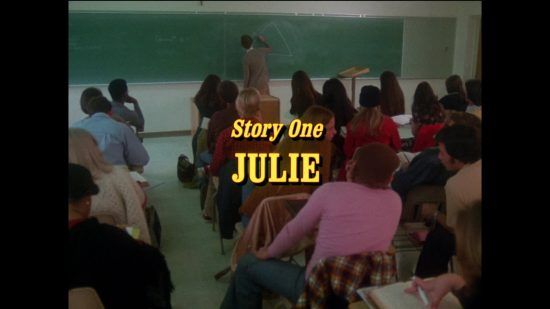

Just as the title tells us, there are three stories, or segments. The first is “Julie,” adapted by author William F. Nolan from the short story “The Likeness of Julie” by the late-great author Richard Matheson which first appeared in the Ballantine Books collection Alone by Night: Tales of Unlimited Horror in 1962. A college student, Chad Foster (Robert Burton, Karen Black’s then-husband whose casting in the film compelled Ms. Black to sign on to the three-segment project) cannot help but notice his English teacher’s thigh, and wonders what she must look like under the minimal war paint and her plain-Jane clothes. He watches her through a window as she undresses and then gets the idea to ask her out on a date but Julie initially refuses, then later accepts. They go to a drive-in movie and Chad spikes Julie’s drink which puts her to sleep. Chad drives her to a motel and photographs her in various sexually suggestive positions. He develops the photos in a darkroom and shows her the photos. Julie is furious, and the story ends with a strange twist. “Julie” is elliptical in a way, the structure calling to mind John Fowles’s The Collector (1963). Actor Gregory Harrison has a small cameo in this segment.
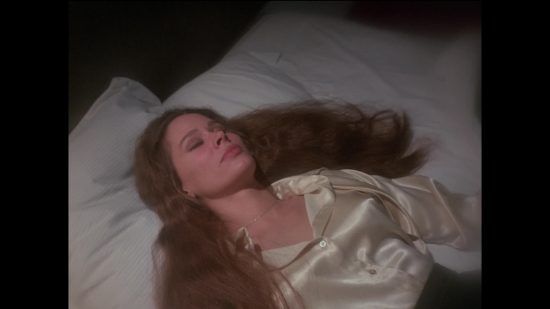
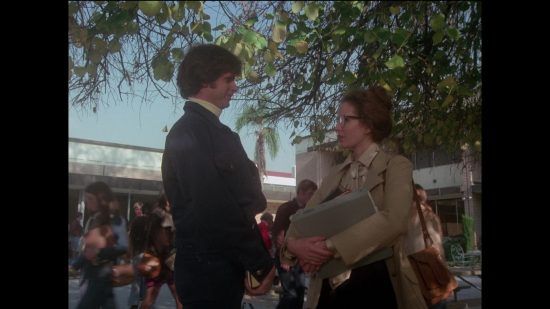
The second story, “Millicent and Therese”, adapted also by Mr. Nolan from Mr. Matheson’s story “Needle in the Heart” which was originally published in Ellery Queen’s Mystery Magazine in October 1969, is arguably the weakest of the three. Millicent is a sexually repressed woman with dark hair who fights with her twin sister Therese who is sexually free and blonde. Millicent truly believes that Therese is evil and creates a voodoo doll with the desire to kill her. Dr. Ramsey (George Gaines of Punky Brewster), Millicent’s psychiatrist, does his best to help her, although the ending can be sensed from a mile away. In lieu of “Millicent and Therese”, I would have liked to have seen a version of Mr. Matheson’s “The Children of Noah” appear in this collection, a short story that I read in that classroom in 1982. It left quite an impression on me.
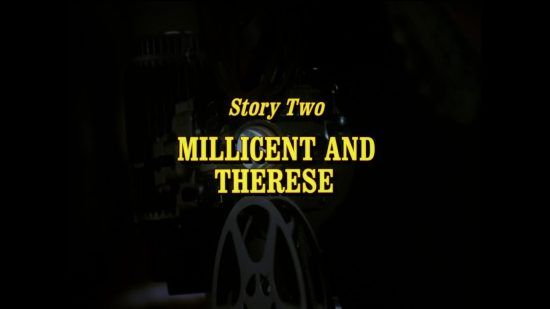
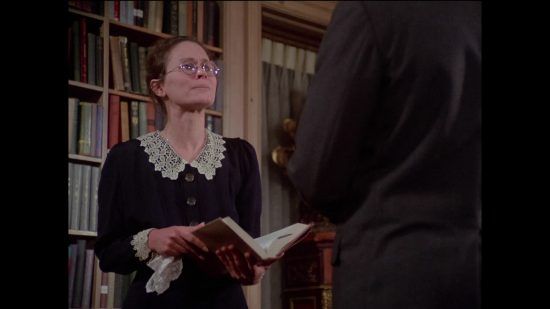
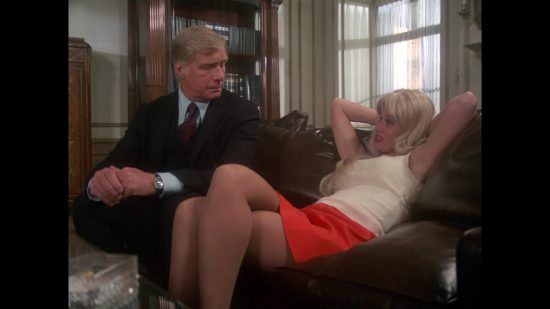
The third and final segment is called “Amelia” and is based upon Mr. Matheson’s short story “Prey”, originally published in the April 1969 issue of Playboy Magazine. Mr. Matheson wrote the teleplay adaptation of his own source material and it is this segment that has given Trilogy of Terror its notoriety as being one of the scariest TV-movies of all-time. Ms. Black plays the titular woman, Amelia, who has finally gotten away from her physically overbearing mother. After spending a few hours shopping, Amelia returns to her new apartment with a package containing a horrifically scary wooden doll of an aboriginal warrior that possesses sharp teeth, a spear and a gold chain that, according to the paper that accompanies it, must remain intact on the doll in order to prevent it from coming to life. It is just the sort of thing that any single woman would want to bring into their home.
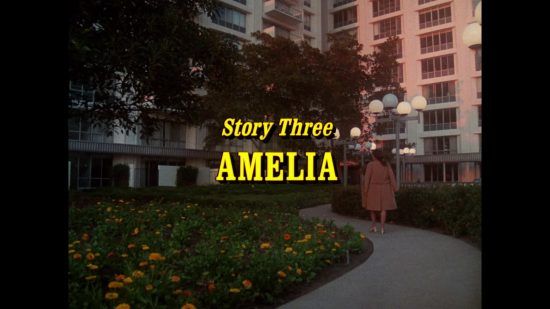
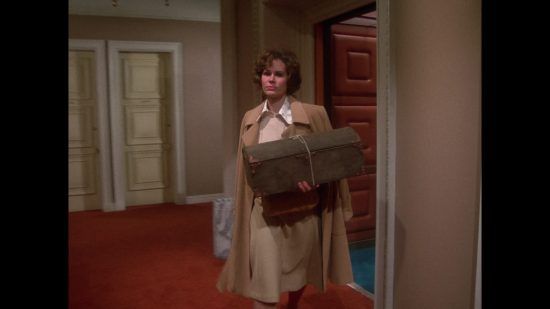
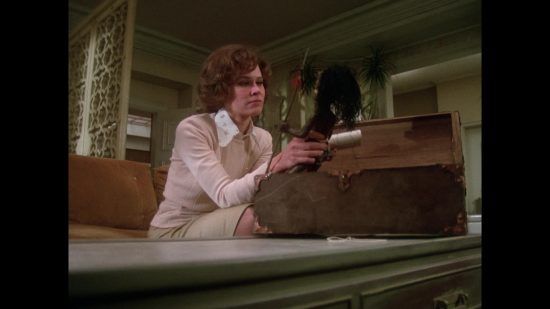
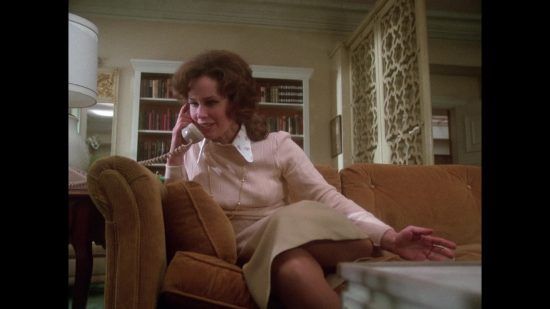
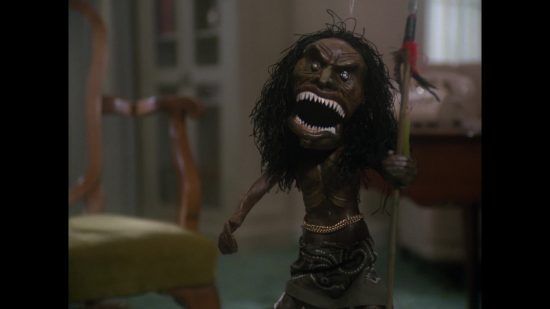
Amelia’s mother still holds a sway over her and a one-sided telephone conversation reveals that despite moving out, Amelia still feels guilty about her renewed independence. Unfortunately, the chain on the Zuni hunter doll falls off, and Amelia becomes embroiled in a life and death struggle against the crazed spirit. Director Curtis employs many effective cinematic devices that make this episode truly frightening, including low-to-the-ground P.O.V. shots of the doll chasing Amelia, screaming and brandishing its spear. The creepy ending and terrifying final shot make this segment the hands-down winner in a rather uneven overall film. Try to imagine seeing this segment in 1975. The violence and bloodletting alone was unprecedented for its time. The nightmares that this segment must have induced in children no doubt still linger to this day.
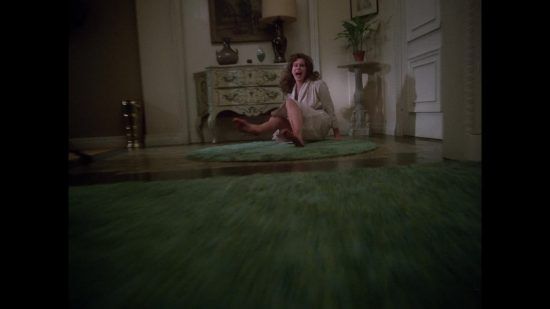
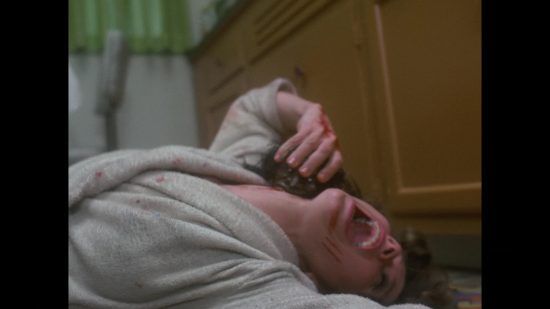

Mr. Matheson, who is most famous for his short story “Duel” which appeared in the April 1971 issue of Playboy Magazine and inspired the television movie of the same name, directed by Steven Spielberg, collaborated again with Mr. Curtis in 1976 on Dead of Night (1977), another creepy TV-movie that consists of three segments.
Robert Cobert brings his own special brand of musical spookiness to the film. He and Mr. Curtis certainly made quite a team! Perhaps not on the order of Hitchcock and Herrmann, but very close.
Trilogy of Terror was released on VHS in 1984 by MPI/ABC Video Enterprises, Inc., then on DVD by Anchor Bay Entertainment in 1999 and on VHS in 2000. MPI Home Video later released a special edition DVD in 2006 which included an interesting running commentary with actress Black. The newest incarnation of the film is now on Blu-ray in a gorgeous 4K restoration and comes with the following extras:
NEW Audio Commentary by Film Historian Richard Harland Smith
NEW Interview with Composer Bob Cobert
Audio Commentary with Karen Black and writer William F. Nolan
“Richard Matheson: Terror Scribe” Featurette
“Three Colors Black” Featurette
Limited Edition Booklet essay by Film critic and author Simon Abrams
Newly Commissioned Art by Jacob Phillips
Limited Edition O-Card Slipcase
It’s definitely worth the upgrade, although while I love the new cover art, it gives away the frightening ending of “Amelia”!
I have my fingers crossed that Kino Lorber gets their hands on Dead of Night as the final story in that collection is very frightening!
Click here to order from Amazon.
